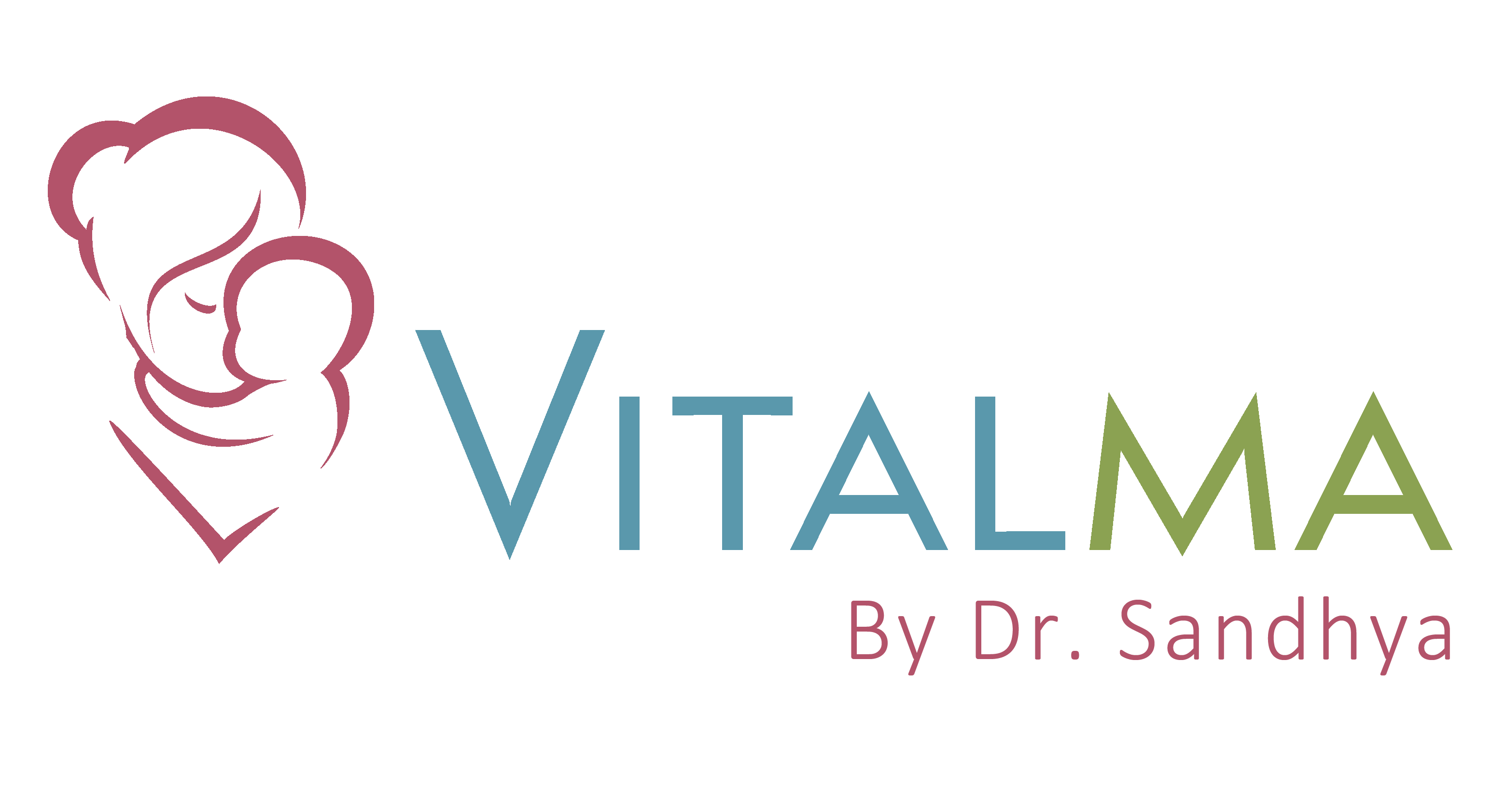By Siyona Varghese
The early years of a child’s life are full of learning—not just about letters, numbers, and shapes, but about people, relationships, and how the world works. During this critical time, children begin to form ideas about themselves and others. That’s why it’s so important to introduce the values of inclusion, diversity, and acceptance early on.
In a world where no two people are the same, teaching young children to recognize, respect, and celebrate differences is one of the most powerful lessons we can offer. It lays the foundation for empathy, fairness, and a sense of belonging—for themselves and others.
Why Inclusion Matters in Early Childhood
Children begin noticing differences in people—such as skin color, languages spoken, physical abilities, and cultural practices—before the age of three. By five, they start asking questions: “Why does he talk like that?” or “Why does she use a wheelchair?”
These questions aren’t rude—they’re opportunities. When adults respond with openness and positivity, children learn that differences are natural, acceptable, and even something to be celebrated.
Inclusion means making sure every child feels valued, seen, and respected. It means ensuring that no one feels left out because of how they look, learn, speak, or move. And acceptance means going a step further—recognizing that our differences make our communities richer and more beautiful.
What Inclusion Looks Like in Early Childhood
In a classroom, home, or play setting, inclusion is not just about physical presence—it’s about full participation and belonging. It looks like:
-
Children of all abilities learning and playing together
-
Books, toys, and media that reflect different races, family structures, religions, and abilities
-
Adults using inclusive language and modeling kindness
-
Celebrating a variety of holidays, traditions, and customs
-
Making room for every child’s voice and contribution
Even small, everyday moments—like learning to pronounce a classmate’s name correctly or including everyone in a game—teach children that everyone matters.
How to Teach Inclusion and Acceptance
1. Model Inclusive Behavior
Children learn from what they see. Show kindness, curiosity, and respect toward others in your everyday interactions.
Example: “That’s a beautiful name—let’s make sure we say it the right way.”
2. Read Diverse Books Together
Choose stories that feature characters from various backgrounds, cultures, abilities, and experiences. Use books as starting points for meaningful conversations.
Example: “This character wears a headscarf. Do you know anyone who does? Let’s learn more about it together.”
3. Answer Questions Honestly and Respectfully
When children ask about differences, respond with simple, accurate, and respectful language.
Example: “Yes, she uses a wheelchair because her legs work differently. But she can still play, learn, and have fun just like you.”
4. Celebrate Differences—and Similarities
Point out what makes people unique, but also what they share. This helps children appreciate both diversity and connection.
Example: “Lina celebrates Diwali and you celebrate Christmas. Both of you love decorating and spending time with family.”
5. Encourage Empathy and Perspective-Taking
Use scenarios to help children think about how others feel.
Example: “How do you think he felt when no one shared with him? What could we do next time?”
Creating Inclusive Environments
Whether in a home, school, or community, adults can create inclusive spaces by:
-
Displaying inclusive artwork and books
-
Using gender-neutral language where possible
-
Making learning materials accessible to all children
-
Ensuring that every child has a chance to participate in group activities
-
Celebrating cultural events from various traditions
These simple practices teach children that inclusion isn’t a one-time activity it’s a way of life.
The Long-Term Impact
Children who grow up in inclusive environments:
-
Develop stronger empathy and social skills
-
Are less likely to engage in bullying or exclusion
-
Become open-minded, respectful adults
-
Learn to advocate for fairness and equity
By teaching inclusion early, we’re not just shaping better individuals—we’re helping build a kinder, more just society.
Final Thoughts
Every child deserves to feel that they belong. Teaching inclusion and acceptance in early childhood gives children the tools to recognize injustice, celebrate diversity, and connect with others in meaningful ways. It starts with small conversations, thoughtful choices, and leading by example.
In a world full of differences, the greatest lesson we can teach our children is that every person has value—and that kindness, not sameness, is what truly brings us together.
References

